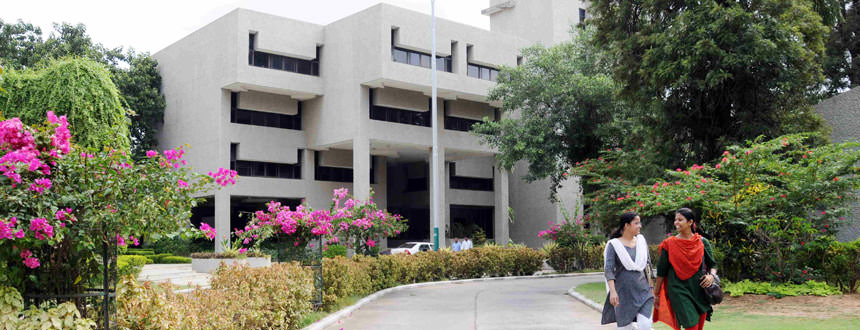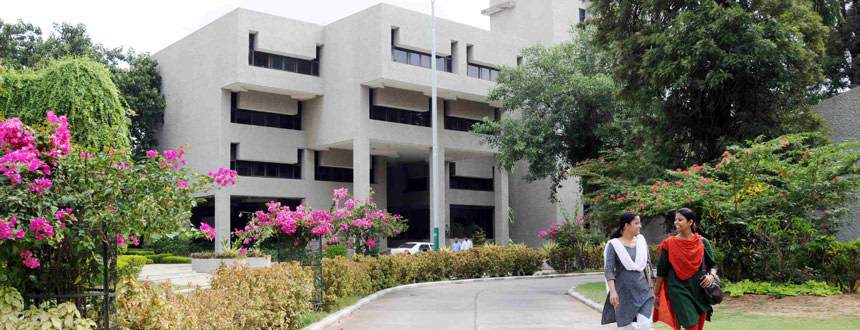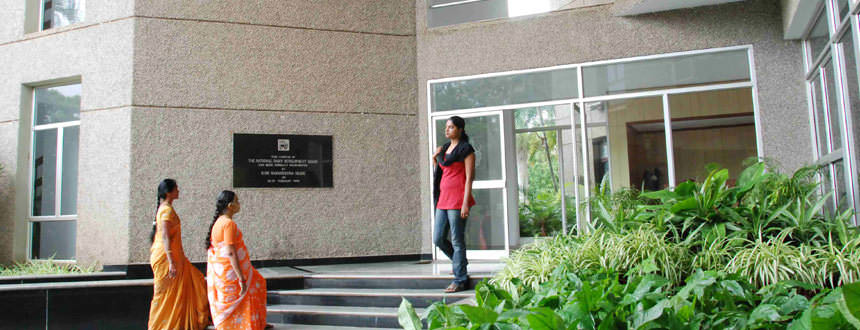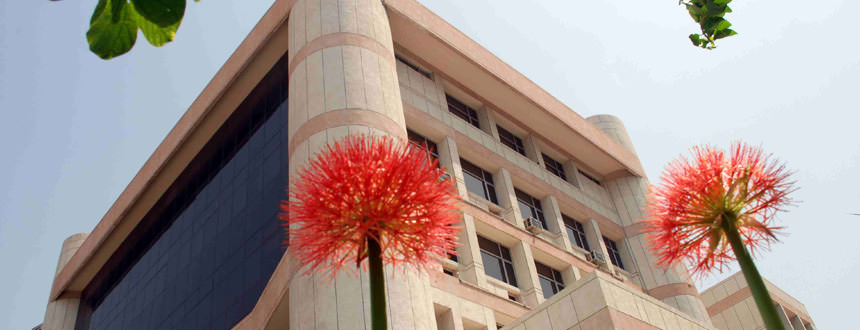Keynote Address by Shri Dilip Rath, Chairman, NDDB at National Seminar on “Animal Nutritional Strategies for Optimising Production Cost, Milk Quality and Quantity in Small-Holder Dairy Farming Systems” - 21st November, 2019, Anand
Dr. H.P.S. Makkar, Dr. Gurbachan Singh, Prof. Devegowda, Dr P.V. Reddy, eminent scientists from ICAR, MDs of Milk Unions, colleagues from NDDB and participants,
I welcome all of you at this National Seminar organised by NDDB on the subject “Animal Nutritional Strategies for Optimising Production Cost, Milk Quality and Quantity in Small-Holder Dairy Farming Systems”. Animal nutrition, as you all realise, is a very critical aspect to ensure sustainable dairying, particularly in the context of our country where feed and fodder play a significant role in milk production and constitute about 75 per cent of cost of milk production. Our milk production is growing at an annual average rate of over 6 per cent over the last 5 years, which has helped us to maintain our self-sufficiency in milk in the face of rising demand for milk in our country. In order to maintain our self-sufficiency in milk, we need to adopt and practice sustainable strategies in animal nutrition, particularly in the context of our limited natural resources and climate change.
About 65 million rural households in India are engaged in milk production with a significant proportion of them being landless, small and marginal farmers. It is critical that these farmers are supported with appropriate knowledge and information on scientific animal nutrition practices as well as delivery of inputs to ensure continued economic sustainability for them.
Smallholder dairy farming system in India is currently facing fresh challenges, key amongst them being ensuring sustainability and improving feed and fodder production and availability, in view of climate change and price volatility, to support our growing milk production and to ensure production and availability of contaminant free feed and fodder resources. The adoption of innovative technologies to efficiently secure, enrich and conserve crop residues and incentivise small farmers to adapt to the challenges is of critical importance in the coming years.
The current low levels of productivity in our dairy cattle and buffaloes offer significant scope for enhancement in milk production. Studies in field have proven that simply by adopting scientific feeding practices, the age at first calving and intercalving interval can be significantly reduced. In one such pilot study taken up by a milk union, it has been demonstrated that age at first calving in buffaloes could be reduced from as high as 44 months to less than 30 months simply by adopting better feeding practices. Similarly, it has been proven that by adoption of feeding practices specific to the physiological stage such as pregnancy and early lactation, over all lactation yields can be enhanced by more than 15 per cent.
The cost of feeding which currently accounts for about 70-75 per cent of the total cost of milk production can be significantly reduced through adoption of Total Mixed Ration (TMR) system of feeding, which is suitable to Indian conditions. Studies by our Animal Nutrition Group have shown that this intervention alone can lead to significant increase in the net income of farmers. The TMR system has the additional benefit of being able to incorporate crop residues into the feed pellets which otherwise would have ended up being wasted or even burnt in the fields leading to environmental hazard affecting human health.
The strategic use of green fodder, comprising the right mix of legume and cereal fodders appropriate to the agro-climatic conditions which is both region and season specific, is another intervention that can be taken up for improving the economics of dairy farming. When such fodder is combined with locally available concentrates and feed ingredients and supplemented with high quality cattle feed and supplements such as mineral mixtures, bypass nutrients, probiotics and buffers, milk productivity can be enhanced along with cost optimisation.
In line with this approach, NDDB has mooted the ‘Strategic Animal Nutrition Plan’ and is in the process of rolling out the same in some milk unions. Elements of this Plan include evaluation of nutrient requirements of animals in each physiological stage, assessment of the availability and price of key feed ingredients, fodder cultivation and conservation in the form of silage and finally optimisation of the dairy animals’ rations by rationalising dry matter intakes vis-à-vis health parameters of animals. This plan is to be revised every quarter by the Animal Nutritionists at the level of the milk unions and communicated to the dairy farmers in the form of a ‘ready reckoner’.
The recently released ‘National Milk Safety and Quality Survey’ by FSSAI shows that milk in India is largely safe for human consumption, yet a small portion, contained Aflatoxin M1 residues beyond the permissible limits of 0.5 ppb which is injurious to human health.
Studies show that concentrate feed ingredients as well as compound cattle feed are the predominant source of these toxins. Therefore, it is highly desirable to initiate measures to ensure that only good quality feed is fed to milking animals. Pending legislation to regulate feed and fodder quality, NDDB, in consultation with dairy cooperatives, has initiated self-regulation and introduced the ‘Quality Mark’ for cattle feed and feed supplements, that specifies the systems and procedures to ensure that cattle feed manufactured under the “Quality Mark’ is safe for consumption.
During the monsoon months, when relative humidity is high, the aflatoxin levels in feed ingredients increase and the use of toxin binders in compound feed becomes imperative. NDDB has recently developed an economical and effective toxin binder, in consultation with Prof. Devegowda, for use in cattle feed and the same will be offered to cattle feed plants very soon.
Coming back to the question of the challenges faced by our country in continuing our march towards maintaining self-sufficiency in the context of the perceived gap in the availability and requirement of feed and fodder, I would say that this gap is after all only an estimate. Given the untapped and unexploited crop residues, agricultural by-products, horticultural waste etc., which are not used for human consumption, by simply adopting novel, innovative and appropriate feed resource technology based on learnings from other countries, we can enhance the availability of our feed resources which will be sufficient to cater to our requirements for many, many more years to come.
Some of the non-conventional and potential feed resources include soyabean and cotton straws, tapioca residues, non-toxic jatropha, detoxified castor meal, horticultural waste, thornless cactus, water efficient grasses for forage and sea weeds. Animal nutrition scientists have to think innovatively and develop low cost indigenous technologies to harness abundantly available and untapped biomass which can be integrated in our animal feed system.
These are some of the issues and challenges in animal nutrition which our dairy farmers are facing which I have attempted to flag, but there are many more which need our attention. We have in our midst today policy- makers as well as scientists from India and overseas who will deliberate further on them. I am confident that these deliberations will offer useful insights and enable us to chart a road map to augment production and quality of animal feed for the benefit of the dairy farming community in our country.
Thank you.









